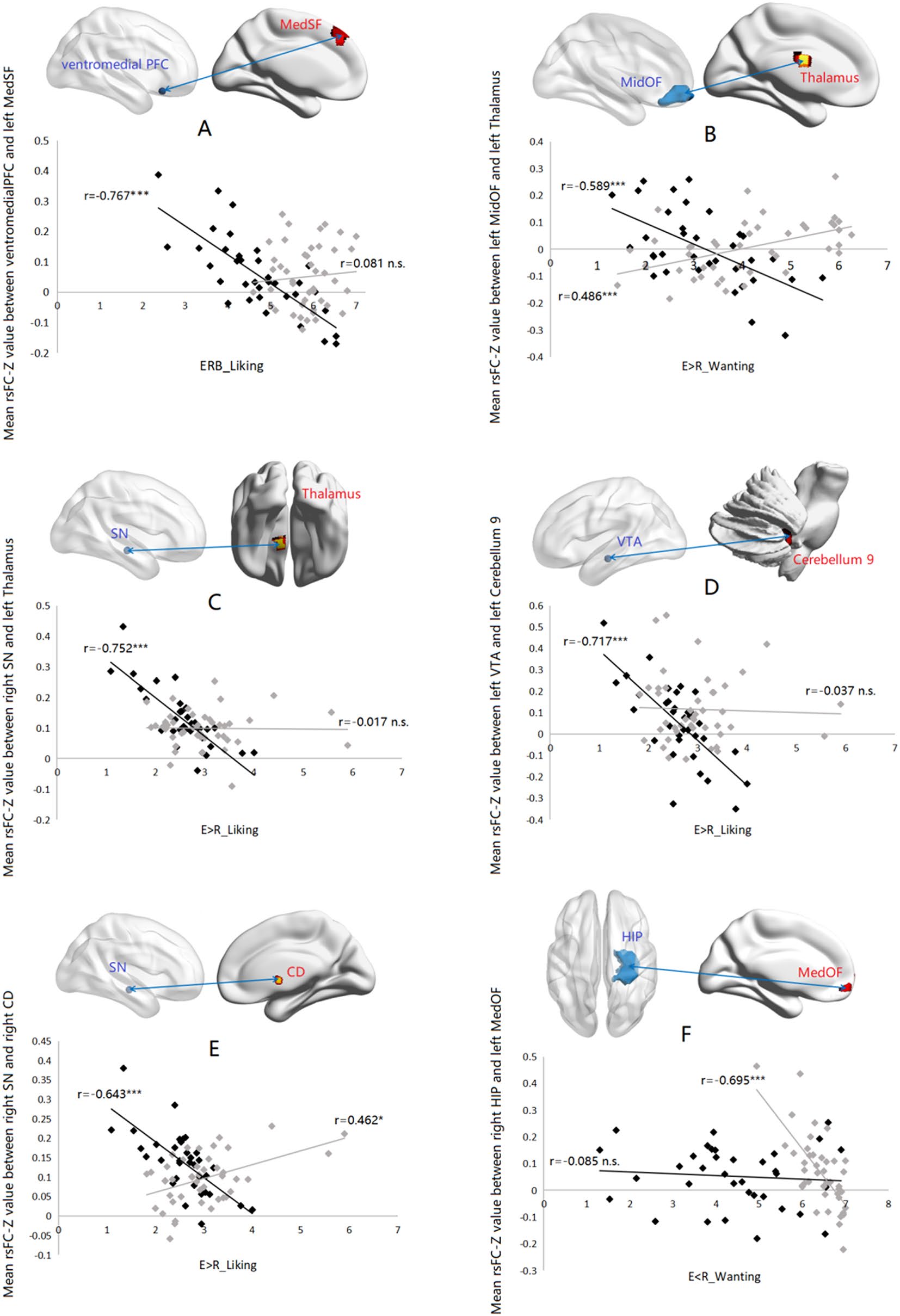Effort-reward imbalance (ERI) is the ability to an imbalance between high-effort commitment and low-reward outcome, i.e., when one perceives that he/she expends greater efforts but gains disproportionately few rewards, and is important for our everyday life functioning. Empirical findings suggest that people with high levels of schizotypal traits are more likely to perceive effort-reward imbalance (ERI) than those with low levels of schizotypal traits, i.e., when an individual perceives there is disproportionately lesser rewards than the expended effort. ERI has been considered to be one of the important features characterizing people with negative rather than positive schizotypal traits.
Recently, Drs. Jia Huang and Raymond Chan from the Neuropsychology and Applied Cognitive Neuroscience (NACN) Laboratory, the CAS Key Laboratory of Mental Health, Institute of Psychology and their collaborators have demonstrated that negative schizotypal traits exhibited a significant negative moderating effect on the relationship between ERI and reward motivation while positive and disorganized schizotypal traits had significant positive moderating effects. They also found that ERI correlated with grey matter volume reduction and altered resting-state functional connectivity in people with high levels of negative schizotypal traits. However, it is unclear whether reward motivation adaptively changes with external effort-reward ratio, and what resting-state functional connectivity (rsFC) is associated with this change in people with negative schizotypal traits.
Drs. Jia Huang and Raymond Chan together with their collaborators have adopted a rsFC design to further address such an unresolved issue. They recruited 35 participants with high levels of negative schizotypal traits and 44 participants with low levels of negative schizotypal traits to undergo resting-state brain scans. Moreover, all participants also completed the reward motivation adaptation behavioural task that specifically captured “wanting” and “liking” behavioural performances. Their findings showed that ‘wanting’ and ‘liking’ ratings of participants with high levels of negative schizotypal traits significantly declined in the effort > reward condition but did not rebound as high as those participants with low levels of negative schizotypal traits in the effort
This study was supported by grants from the CAS Key Laboratory of Mental Health of the Institute of Psychology, the Scientific Foundation of Institute of Psychology, Chinese Academy of Sciences, and Philip K. H. Wong Foundation.

Figure1. Schematic diagram of a single trial of the effort-reward imbalance paradigm. Image by Dr. Raymond Chan.

Figure 2. Interactions between effort-reward conditions and groups and
group difference of reward motivation adaptability. A, B Black line
represents NS group, gray line represents HC group; represent
difference of mean value between two groups or two conditions; C,
D δ-value represents sum of absolute values of amplitude differences
between adjacent conditions; ***represents p < 0.001, **represents
p < 0.01, *represents p < 0.05, n.s. represents p > 0.05


Fig 3.The correlations of rsFC-Z values and reward motivation in
two groups. The solid lines represent the unary regression lines of
two groups (black line: participants with NS; gray line: participants
with HC). ***represents comparison was significant (p < 0.001) after
pFWE < 0.00192 correction; *represents comparison was significant
(p < 0.05) after pFWE < 0.00192 correction; n.s. represents results
that were not significant after correction at pFWE < 0.00192. Seven
panels describe the correlations between mean rsFC F-values and
reward motivation (wanting/Liking) in two groups. Names of ROI
(blue) and connected brain region (red) were listed in each panel. Image by Dr. Raymond Chan.
This study was published online on July 3 in European Archives of Psychiatry and Clinical Neuroscience,
- Yan, Y. J., Hu, H. X., Zhang, Y. J., Wang, L. L., Pan, Y. M., Wang, H., Lui, S. S. Y., Huang, J.*, Chan, R. C. K.* (2023). Reward motivation adaptation in people with negative schizotypal features: Development of a novel behavioural paradigm and identifying its neural correlates using resting-state functional connectivity analysis. European Archives of Psychiatry and Clinical Neuroscience.
Related publications:
- Yan, Y. J., Hu, H. X., Wang, L. L., Zhang, Y. J., Lui, S. S. Y., Huang, J.*, Chan, R. C. K.* (2022). Negative schizotypal traits predict the reduction of reward motivation in effort-reward imbalance. European Archives of Psychiatry and Clinical Neuroscience, 273, 439-445.
- Yan, Y. J., Huang, J.*, Lui, S. S. Y., Cheung, E. F. C., Madsen, K. H., Chan, R. C. K.* (2021). The effect of effort-reward imbalance on brain structure and resting-state functional connectivity in individuals with high levels of schizotypal traits. Cognitive Neuropsychiatry, 26, 166-182.
LIU Chen
Institute of Psychology Chinese Academy of Sciences
Beijing 100101, China.
E-mail: liuc@psych.ac.cn
